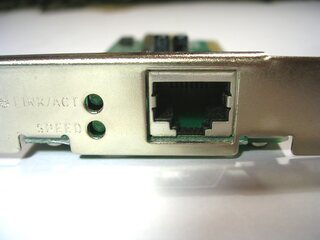pfSense
April 4, 2021
In the year 2021 there are a lot of things that you just take for granted.
Remember when you used to have to use jumpers to set things on your computer? Or
worrying about IRQ conflicts? Or whether you could get the the drivers you
needed to work?
These are all parts of the “bad old days” of computers that I don’t miss very
much. These days if I plug things into my computer - any of them - I expect them
to “just work.” And very often, surprisingly, this is the case. Especially
common, well supported things like network cards.
So it is notable when I encounter something where that isn’t the case. But
first, let’s back up a little bit.
Read More


